AI at the track: How McLaren Racing leverages terabytes of data each race for a winning edge
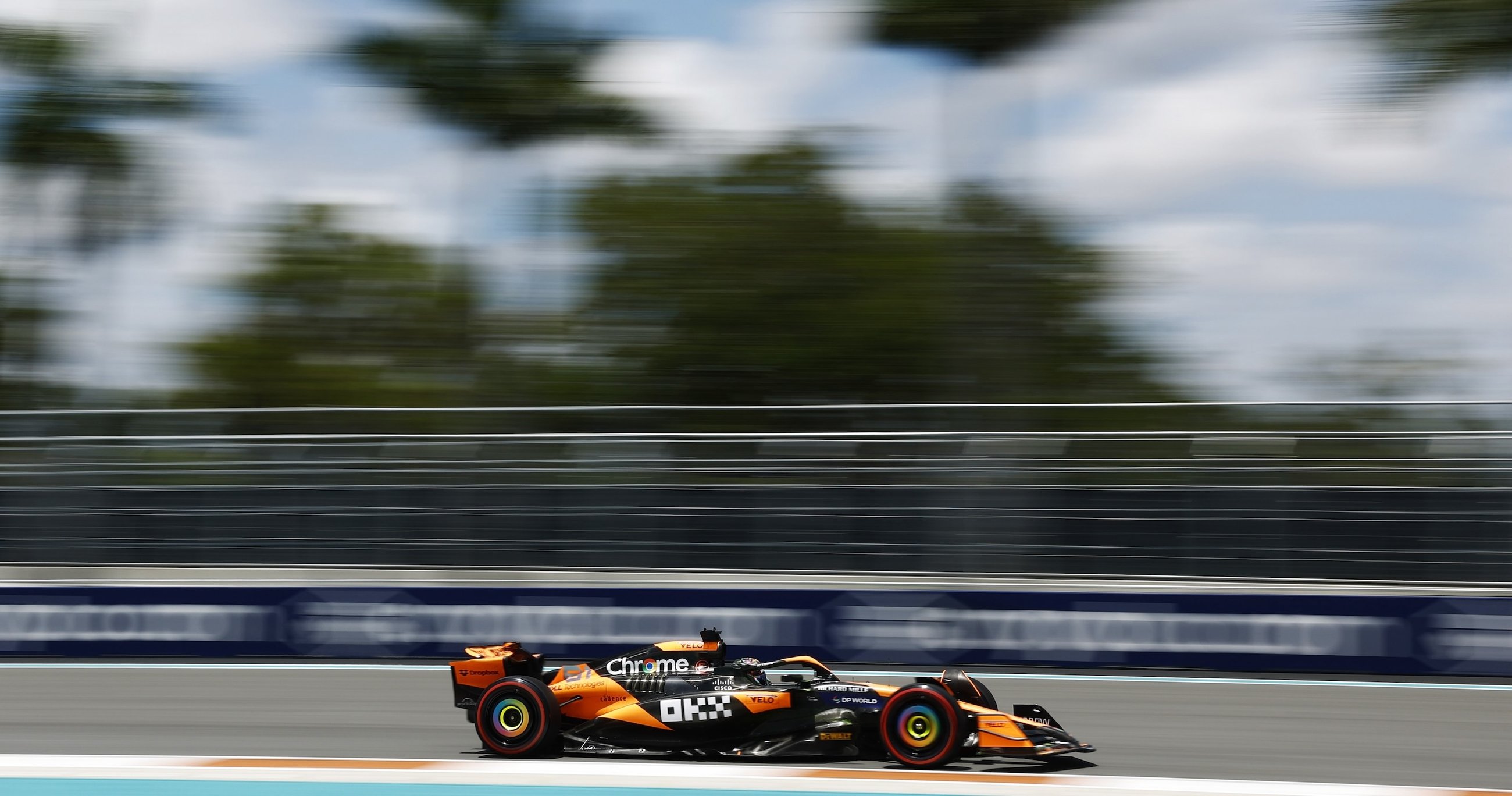
Dan Rowinski
Senior Writer, Transform
Matt A.V. Chaban
Senior Editor, Transform
When every millisecond matters, McLaren Racing uses AI to help track its drivers, cars, pit, and even radio chatter for every advantage possible.
A fully optimized car, a brilliant strategy, and a bit of daring.
When people break down McLaren’s stunning Formula 1 win at the 2024 Miami Grand Prix behind the excellent driving of young star Lando Norris, these have been the reasons they point to.
But victory is based on more than happenstance. McLaren Racing has long built its success on the foundation of an incredible team, excellent engineers, a history of innovation, and mountains upon mountains of data.
“In Formula 1, the data is everything — our sport is so close,” Edward Green, head of commercial technology at McLaren Racing, said. “Just a couple of races ago, a one second gap separated 10 places on the grid. You're talking about really small margins. If you're not innovating and pushing, if you don't make any modifications, you'll be at the back of the grid in no time.”
Every millisecond and megabyte counts.
“It's safe to say,” Green said, “if you’re not innovating, you're going backwards.”
The amount of data generated by McLaren during a race is astounding. Whether it's the sensors on the car or the driver's body or even such advanced techniques as using speech-to-text and sentiment analysis to gain insights from competitor’s radio traffic, more than a terabyte of data can be generated during a race.
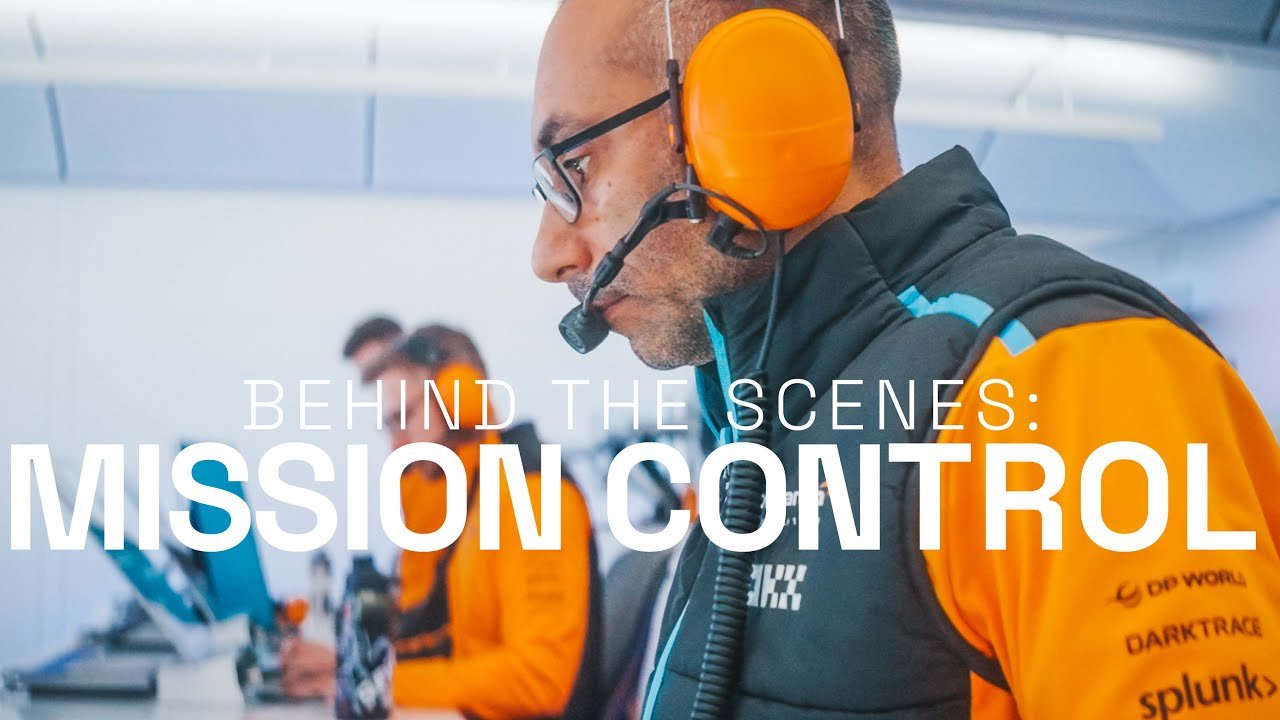
McLaren uses the cloud and artificial intelligence to analyze all of it in near real-time, all in the service of a competitive edge and the fastest possible lap time.To help manage all that data and remove any drag in its IT, McLaren Racing has partnered with Google Cloud. This partnership helps bring the fastest car to the track as possible, while also working to enhance the fan experience and drive innovation across the entire organization.
“The speed of data coming from our car is incredible,” Green said. “And we have to service lots of different teams, from aerodynamics to reliability engineering. We use the data to inform our reliability, our strategy, how to improve car design, and understanding our competitive landscape. Gaining a second, or a 10th of a second, really matters to us.”
Winning a race in the data margins with AI
The McLaren Racing victory at the Miami Grand Prix was a testament to planning and execution. The track conditions were hot, as they always are in Miami, making tire choice and pit-stop strategy critical.
Norris, driving a car with a host of fresh upgrades, went long with his first set of tires while sitting around the fifth or sixth spot in the race order for the first 20 or so laps. When the race was briefly neutralized for a safety car, Norris was able to take the lead, and then able to make his only pit stop of the race for new tires with another safety car later. Norris would lead for the rest of the race, taking his first Grand Prix victory and upsetting the dominance of Max Verstappen and team Red Bull.
Sure, there was a bit of luck for the McLaren team, but luck is only applicable if you’re able to take advantage of the opportunity it presents. And it was no accident that McLaren was able to seize the opportunity.
The team devotes a massive amount of compute and AI resources to simulating what can happen in a race, running every scenario and data point literally hundreds of millions of times before the race begins. Simulations are not possible without data, and McLaren has data in droves, utilizing BigQuery to host that data, and Looker to visualize it.
“We've been using lots of different types of AI for a long time,” Green said. “Prior to a race weekend, we'll run close to 300 million simulations of the race to give us an indication of the best strategy. We'll also use AI in some of our live decision-making tools, across lots of different landscapes, to predict things that might happen in the race. We've also used it to automate some tasks that we think can be done quickly, using AI to augment the team.”
For all the excitement around AI, the technology is only as powerful as the people utilizing it and the goals they want to reasonably accomplish with it. As such, McLaren combines its on-the-ground experts in its mobile data center with AI tools to do what no human or AI alone could do.
“We have our belief about human-in-the-loop,” Green said. “AI is not there to replace anybody. AI is there to add to our data scientists and engineers and helps inform their decisions. In Formula 1, those decisions can come really fast. Sometimes they can be as short as three seconds and that's a really small amount of time to look and ingest data to make the right call and inform the entire team of that decision.”
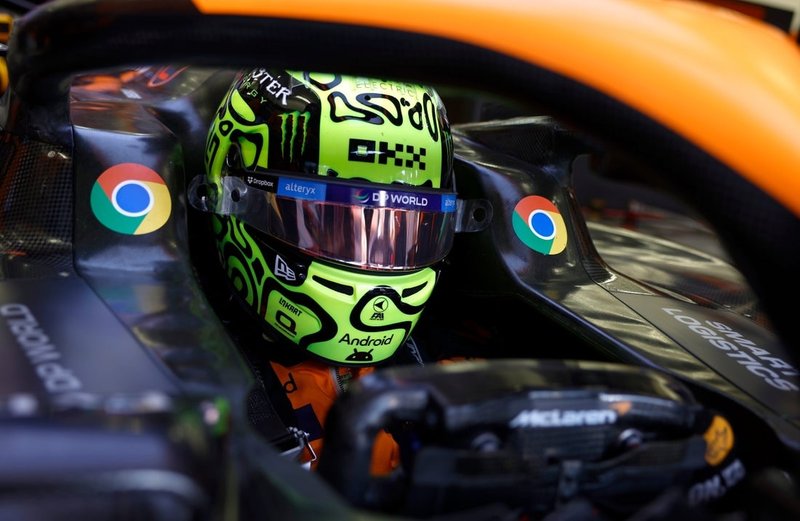

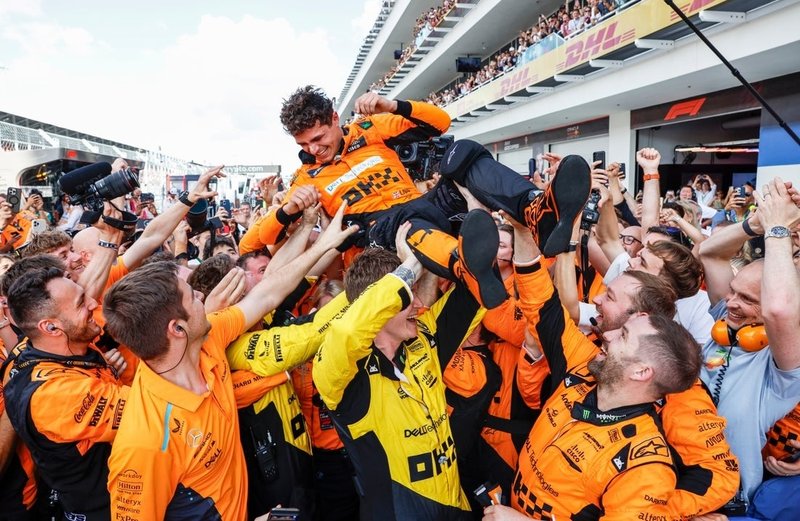

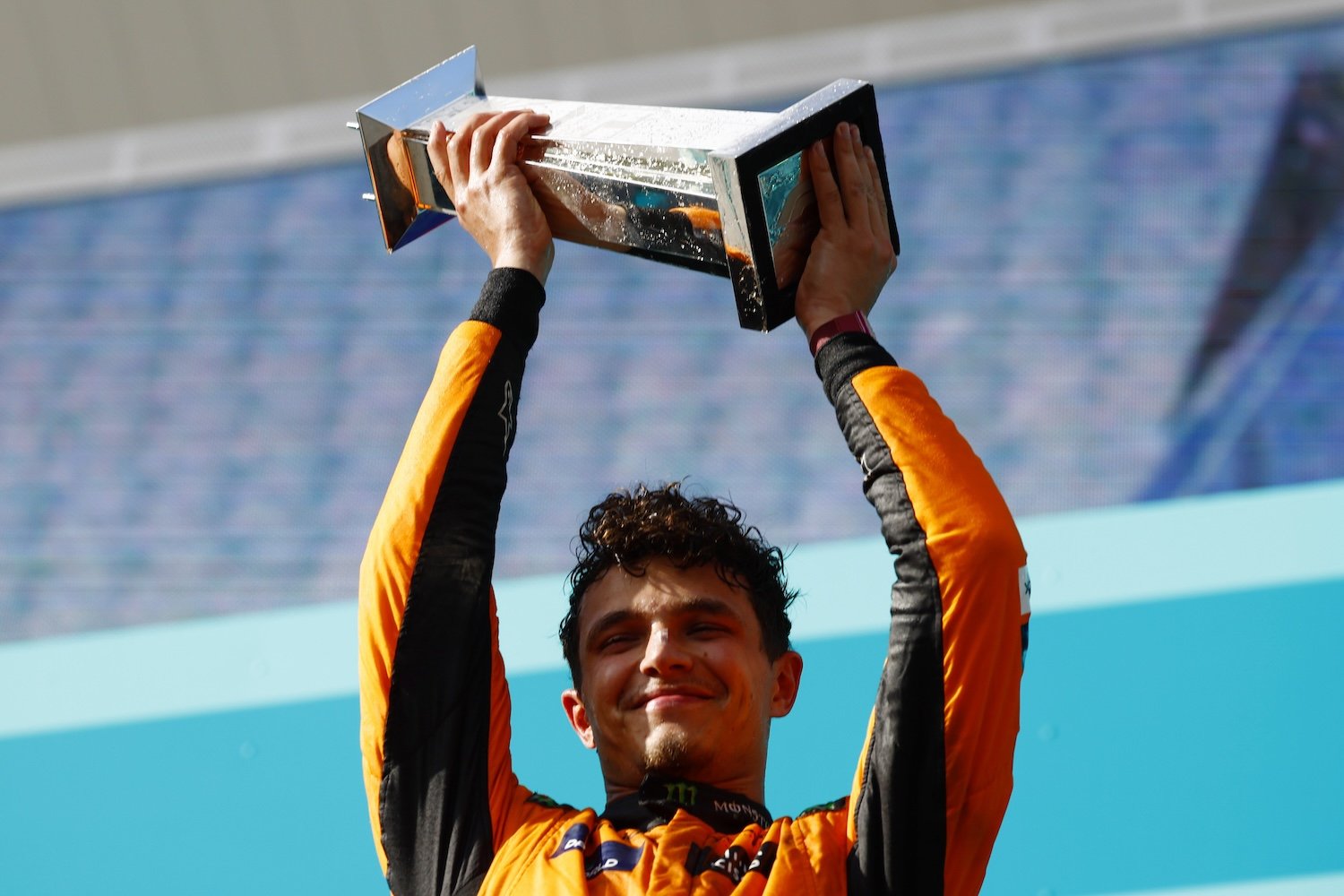

Sensors inside the car, on drivers, and around the track all help give McLaren get a data edge that led to their victory at the Miami Grand Prix on May 5, 2024.
While AI is used before and during a race to for marginal gains in areas as diverse as design, engineering, simulation, and strategy, McLaren also employs AI to boost margins organization-wide. Because Formula 1 teams have a hard operational spending cap of $140 million, resources can be stretched tight and every advantage matters.
“We have a limited resource pool because we have the cost cap across the sport,” Green said. “AI offers us the opportunity to scale out and make people more efficient and do more with the team that we've got. That's kind of some of the motivation behind how we use AI, but it really is how the racing team can decrease lap times to be as fast as we possibly can out on track.”
From the car to the fans
While McLaren uses AI to help make cars go fast, the lessons it has learned in the car are being applied to the whole of the organization.
“Where our engineering and racing and strategy teams have been using AI to drive race strategy and performance on track, we're starting to get more use cases in the back office to help enrich our teams with better content and better insight to how they communicate to fans,” Green said.
A big part of the rest of the McLaren Racing organization using AI is the fan experience. McLaren is one of the most popular racing teams in the world, having made massive leaps in that department since CEO Zak Brown took over the team in 2016. The organization has decades worth of video archives which it can surface to fans through AI (much in the same way that MLB does with its historic footage), while also driving more statistics and viewing experiences to fans during the race itself. The team is exploring how to use generative AI to bring a more personalized experience to fans.
“We've got a really diverse range of audiences that we want to communicate to,” Green said. “We want to personalize the fan experience, and we also have lots of different data sources and we've been able to use things — like BigQuery — to bring that together and surface that up to other tools that we use to communicate with our fans. I think we're just scratching the surface with what we can do with personalization. Certainly, with such a data-rich store, there's a lot more we can do to really engage our fans.”
We've been using lots of different types of AI for a long time. Prior to a race weekend, we'll run close to 300 million simulations of the race to give us an indication of the best strategy.
Edward Green, Head of Commercial Technology, McLaren Racing
Ultimately, what’s refreshing about McLaren Racing is that everything it does is aimed at performance. The team brainstorms how it can use every tool available to make a faster car, have better race strategies, improve margins in the car and in business. Whether that’s faster lap times or engaging their fans, the cloud and AI are helping McLaren push boundaries of what’s possible.
“In a technological sense, it's allowing us to look at new horizons,” Green said. “AI can free up people's time. It can solve challenges that we couldn't think of as humans, but it could also come up with creative new ideas. For us, that's really exciting. It means it can free up people to think about new challenges.”



